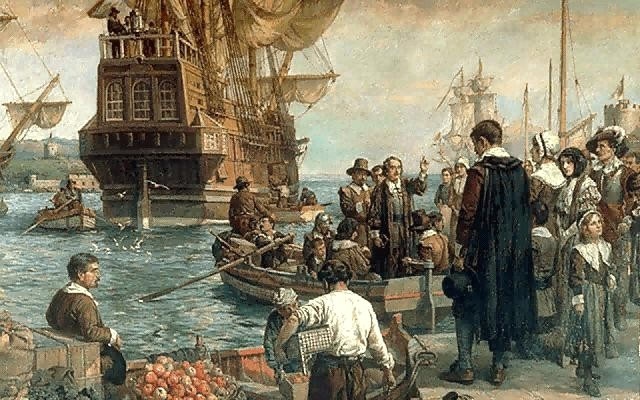 |
| Sir Thomas More |
More studied at Oxford under Thomas Linacre and William Grocyn. He returned to London around 1494 to complete his studies in law and in 1496 was admitted to the law court of Lincoln’s Inn, located in central London. He became a lawyer in 1501.
At one point in his early legal career, More seriously considered becoming a monk. While he worked at Lincoln’s Inn, he lived at a nearby monastery run by the Carthusians, taking part in their monastic life of prayer, fasting, and religious studies. Although More quit the monastery, he continued to live out many of its religious practices throughout his life.
More decided to enter a lifetime political career when he joined Parliament in 1504. Shortly after, he married Jane Colt. She bore him four children. She died at a young age in childbirth and More quickly remarried a widow named Alice Middleton to care for his children.
When More urged Parliament to decrease its appropriation of funds to King Henry VII, Henry retaliated by imprisoning More’s father until a fine was paid and More had withdrawn from political service. After the king’s death, More became active again. He was appointed undersheriff of London in 1510.
He was noted for his impartiality and speed in seeing that cases were heard in a timely fashion. More attracted the attention of King Henry VIII, who appointed him to a number of high posts and missions on behalf of the government.
He was made Speaker of the House of Commons in 1523. As Speaker he helped establish the parliamentary privilege of free speech. Henry made him chancellor in 1529. He resigned in 1532, at the height of his career and reputation.
Throughout his life, More was recognized as a reformer and scholar. He wrote and published many works in Latin and English and was friends with a number of scholars and bishops.
In 1499, the scholar Desiderius Erasmus of Rotterdam first visited England and formed a lifelong friendship and correspondence with More. On subsequent visits, Erasmus lived in More’s household at Chelsea. They produced a Latin translation of Lucian’s works, which was printed at Paris in 1506.
In 1509, Erasmus wrote the Encomium moriae, or Praise of Folly (1509), dedicating it to More. During one of his diplomatic missions to Flanders in 1515, More wrote his Latin classic, Utopia, a witty political satire on the role of government and society. It became an instant bestseller throughout Europe.
In the Reformation controversy of his time, More opposed Lutheranism and was a staunch supporter of the papacy and defender of the Roman Catholic Church. He enforced government suppression of the reformed movement in England until Parliament changed the laws at Henry VIII’s instigation.
More resigned his office and withdrew from public service when Henry, with Parliament’s approval, made himself supreme head of the Church of England and enforced the Oath of Supremacy and Act of Succession.
In 1534, More was imprisoned in the Tower of London on grounds of refusing to take the oath. More defended himself as a loyal subject, but he also declared that he was bound to follow his conscience on matters of principle.
Fifteen months later, he was tried and convicted of treason. Henry allowed him a few public words on the scaffold when he was beheaded on July 6, 1535. He declared himself “the King’s good servant, but God’s first.”
Robert Whittinton, a contemporary of More, wrote of him in 1520, “More is a man of an angel’s wit and singular learning. I know not his fellow. For where is the man of that gentleness, lowliness and affability? And, as time requireth, a man of marvelous mirth and pastimes, and sometime of as sad gravity. A man for all seasons.”















